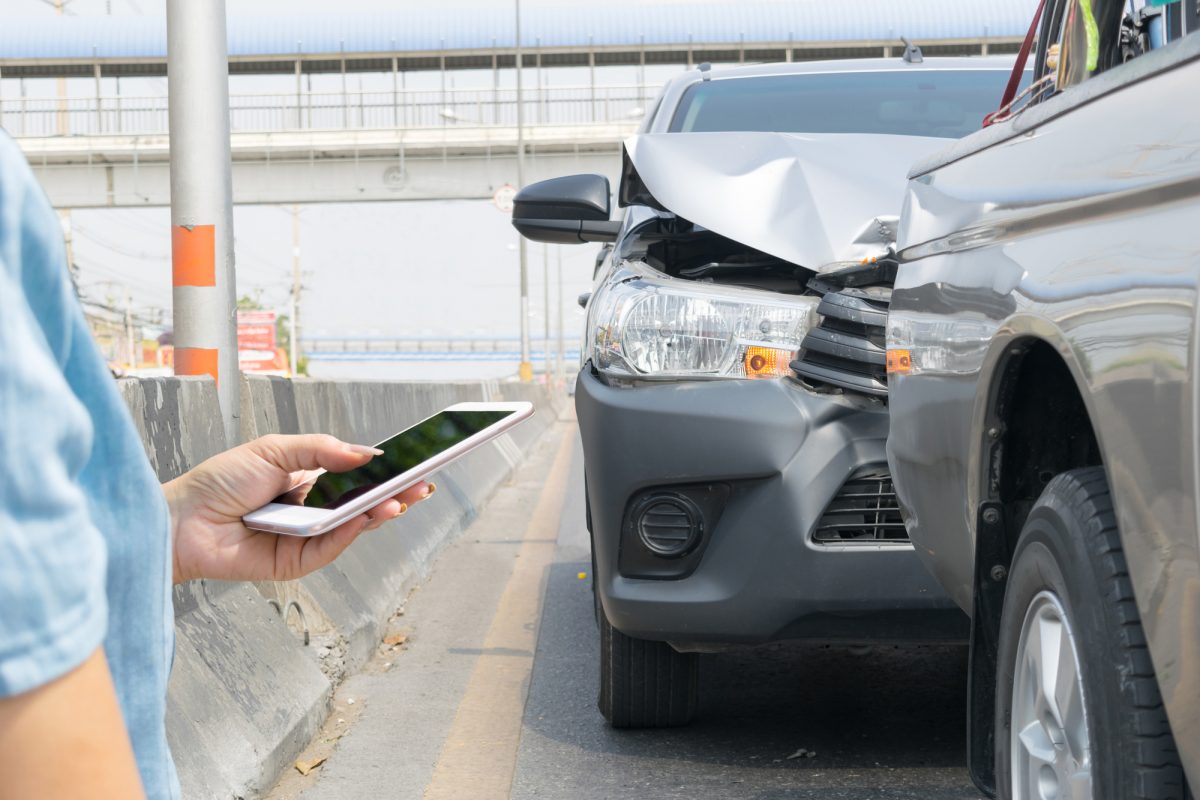
We all live in fear of having a car accident. The screech of rubber, the crunch of metal, it’s enough to make you break out in a cold sweat just thinking about it.
Being in a car accident can be traumatizing, but writing a car accident report doesn’t have to be.
We’ve put together some top tips to help you write a detailed report for your insurance company or local DMV.
Gather the Facts
Before you can write a detailed account of the accident, you need to know all the facts. You also need to gather evidence to support your claims.
Identify the Other Driver
Regardless of who caused the accident, you and the other driver need to exchange names and insurance information. If possible, take a photograph of their insurance card and driver’s license.
If there were any passengers in the other driver’s car, write down names and descriptions of these people too.
Vehicle Information
Document the details of all cars involved in the accident, including your own. Write down the make, model, and color of the cars as well as the license plate number and state of origin.
Next, describe any damage to the vehicles. Write down the location and type of damage. For example, “The SUV has a dent on the back bumper and a roughly 5 inch scratch on the rear door.”
If you notice any pre-existing damage to vehicles, that wasn’t caused by this particular accident, make note of those details too.
Identify the Witnesses
Write down the names and phone numbers of anyone who witnessed the accident.
If the witness complies, get a video or audio recording of the witness’s statement of events.
Photograph the Scene
Don’t underestimate the importance of car accident pictures. They serve as evidence to back up your version of events.
Photograph the location of the accident from different angles. Take clear pictures of any injuries and vehicle damage.
Describe the Incident
This where you walk the reader through the sequence of events.
Include as many details as you can. Remember, describe only the facts, don’t speculate or make assumptions.
Give a Chronological Account of What Happened
Step by step, describe what you and the other driver were doing before, during, and after the accident.
Explain what caused the accident, and the after-effects of the crash. Were the vehicles still operational? Were they able to be moved to the side of the road?
What speed were you traveling at? Were you able to talk to the other driver immediately, or did bystanders intervene? Detail your interactions with the other driver and make note of any injuries received.
Remember to include the date and time of the incident, weather conditions, and the exact location of the incident.
Include the Witness Statements
After you have recounted your recollection of the events, add in your witness statements.
Include a description of where each witness was located at the time of the accident so that we can understand their point of view.
Conclude the Report
Once you have proofread your report, you need to sign and date the document. You should also make a copy of it to keep for your records.
Now You Know How to Write a Proper Car Accident Report!
After a bad car accident, you’ve got a ton of things to worry about, but writing a car accident report doesn’t have to be one of them.
Use the tips above to create an accurate, factual report that will explain your side of the story.
For more great automotive content, browse through the rest of our blog!
